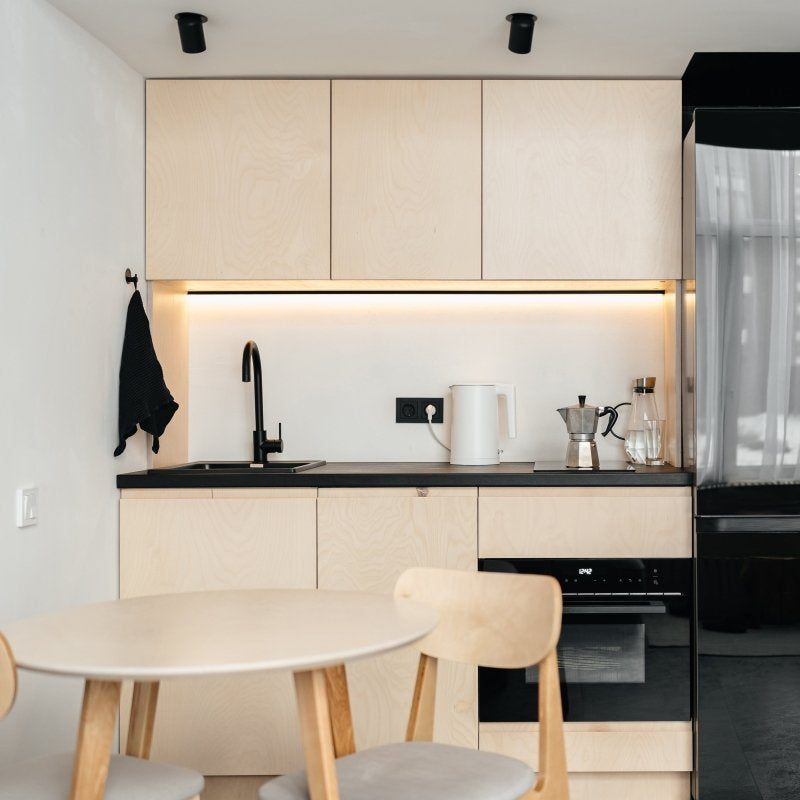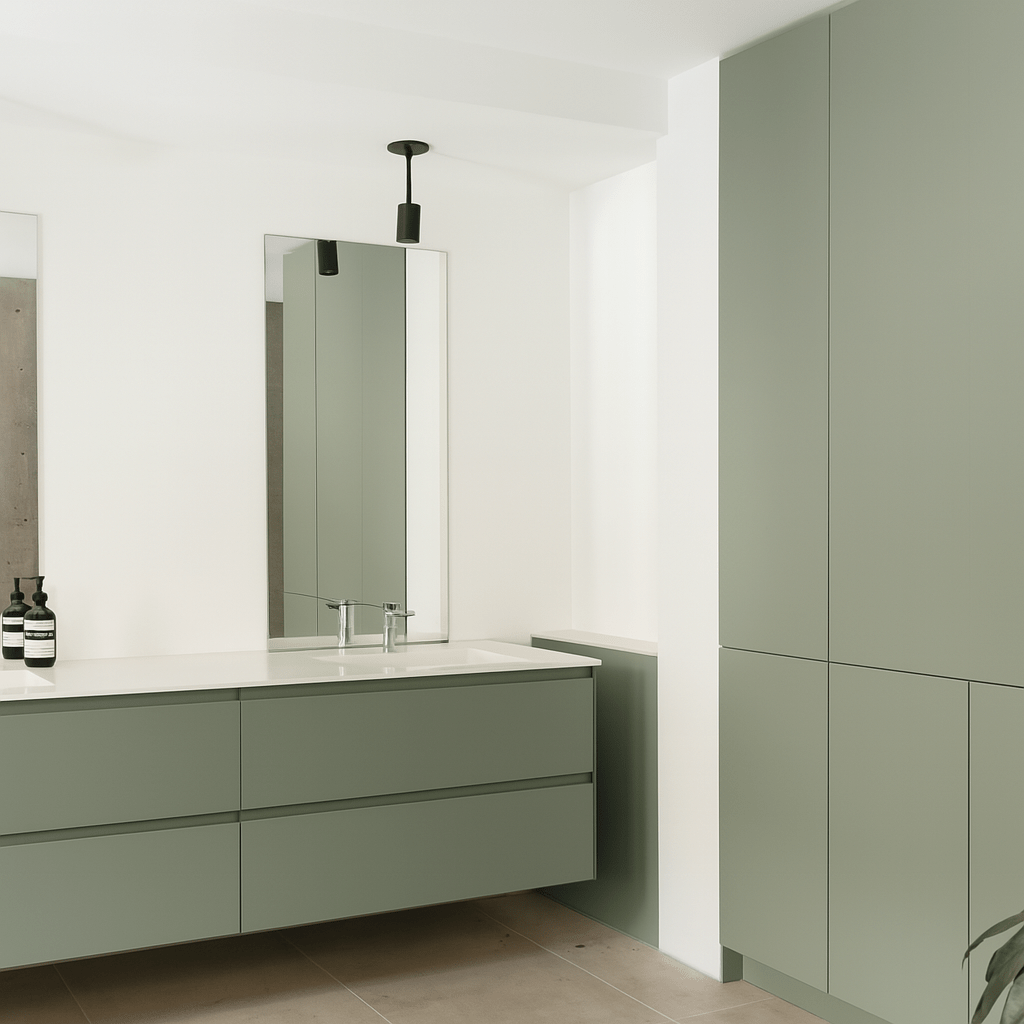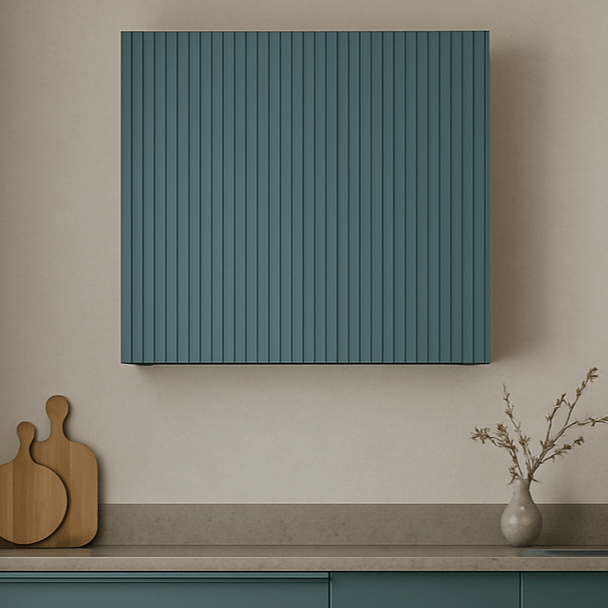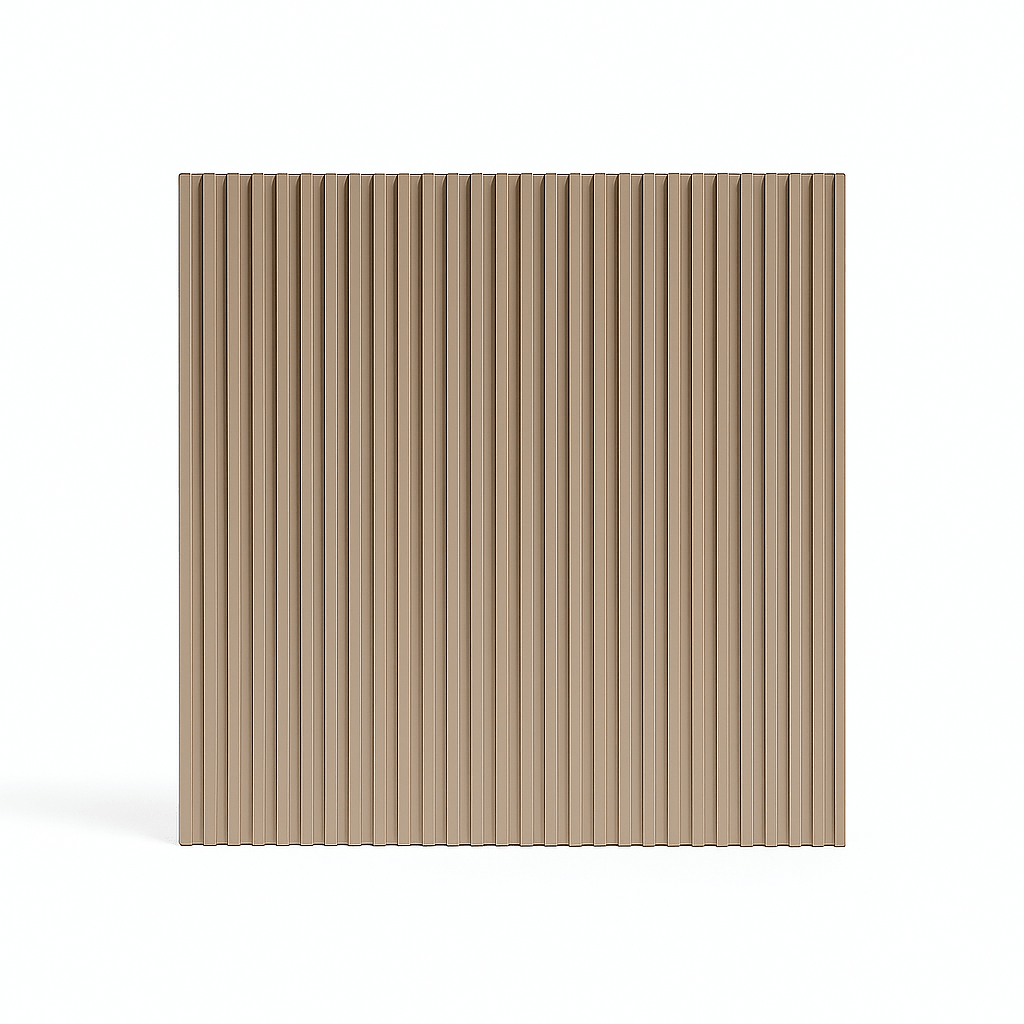Review of Carpentry Techniques
Wood joints are the foundation of every carpentry project. They are what determine the stability, strength and aesthetics of the structure. Whether you are building a piece of furniture, a window frame or a wooden structure, choosing the right joint is key. In this article, we will look at the most popular wood jointing techniques that have been used in carpentry for centuries.
Types of Wood Joints
-
Finger Joint : This is one of the most basic and versatile joints. Finger joints are simple cuts on the edges of pieces that fit together perfectly. They can be made in a variety of configurations, such as a simple butt joint, a dovetail joint, or a mortise and tenon joint.
-
Tenon and Socket : This is a classic carpentry joint that involves placing a "tenon" (i.e. a protruding part of one element) in a corresponding "socket" (i.e. a cutout in the other element). It is one of the oldest techniques, used in the construction of frames, doors and other structures where strength and stability are key.
-
Dowel Connection : Dowel connection is one of the most popular methods of strengthening joints. Holes are drilled in the wood and wooden dowels are inserted into them, which increases the stability of the structure. This is especially useful in places where metal connectors cannot or do not want to be used.
-
Tongue and Groove Joint : A technique where two pieces are joined by placing a "tongue" (narrow protrusion) in a corresponding "groove" (groove). This is often used in wood flooring, paneling, and wainscoting. This joint provides a flat, uniform surface and stability without the need for glue.
-
Joint on a Rebate : Rebates are beveled edges of wood that allow two pieces to fit together easily. They are mainly used in the construction of frames, boxes, and window installations. Rebates provide good structural support, and additional elements (such as glue) can increase their durability.
-
Lap Joint : A lap joint is a method of reducing the thickness of two joined pieces by half so that they can be laid flat on top of each other. It is a simple but strong technique, often used in the construction of frames or shelves.
Which Connection Should I Choose?
Choosing the right connection depends on the project and its requirements:
- Stability and strength : If strength is a priority, consider joints like mortise and tenon or dovetail joints.
- Aesthetics : In projects where appearance is important, dovetail or finger joints are great choices.
- Ease of assembly : If you are looking for simple solutions, dowel or overlap connections are quick and effective.
Tools and Techniques
Wood joints are made using traditional hand tools, such as chisels, saws and carpenter's knives, as well as modern power tools, such as milling machines, band saws and screwdrivers. Precision is the key to success - poorly made cutouts can weaken the joint and affect the aesthetics of the final project.
Summary
Wood joints are the essence of carpentry craftsmanship. Whether you are an experienced carpenter or a beginner in woodworking, understanding the different techniques of wood jointing is key to creating durable, aesthetic and functional designs. It is worth experimenting with different methods and honing your skills to create furniture and structures that will serve for years.






































































0 comments